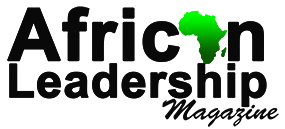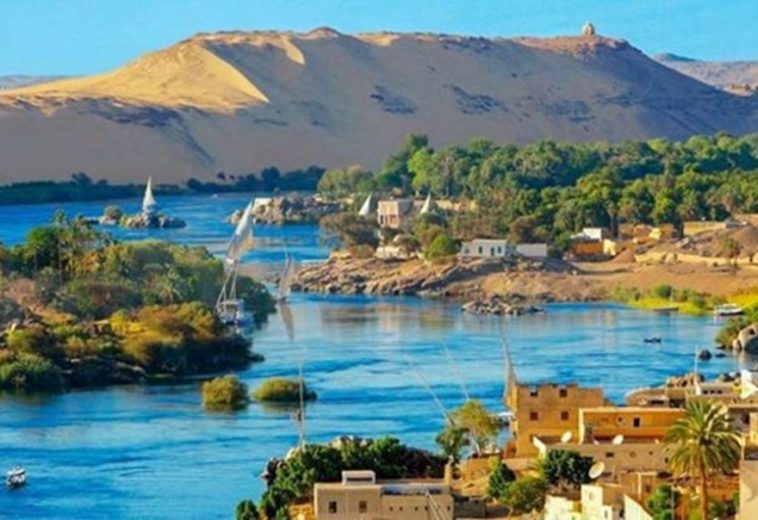To bolster its tourism sector and enhance connectivity, Morocco’s airport authority has announced a significant investment of 15 billion dirhams (approximately £1.55 billion) to construct a new terminal at Casablanca’s Mohammed V International Airport. This ambitious project aims to triple the airport’s passenger capacity from 10.5 million to 35 million by 2029, laying the groundwork for Morocco’s co-hosting duties for the 2030 FIFA World Cup. Beyond the immediate infrastructure benefits, this investment reflects Morocco’s broader vision of positioning itself as a key hub in Africa while catering to the rising demands of global travel.
Economic Benefits of the Investment
This expansion is set to yield substantial economic benefits for Morocco. By tripling passenger capacity, the new terminal will accommodate a significant increase in both domestic and international travellers. Morocco recorded a historic 17.4 million visitors last year—a remarkable 20% rise from the previous year—and the enhanced terminal is crucial for sustaining and accelerating this growth trajectory.
READ ALSO: Building Thriving Automotive Markets: Hyundai Rotem and Morocco’s Strategy
Additionally, the investment aligns with Morocco’s ambition to attract 26 million tourists by 2030. Increased tourist numbers will stimulate various sectors, including hospitality, retail, and transportation, thereby driving job creation and boosting local economies. As the national airline, Royal Air Maroc (RAM), plans to expand its fleet fourfold to 200 aircraft by 2037, the airport expansion will facilitate this growth, enhancing the national carrier’s operational capacity and improving connectivity.
Moreover, this infrastructure initiative complements Morocco’s broader plans to develop high-speed rail networks linking major cities such as Kenitra and Marrakech, creating seamless travel options for tourists and residents alike.
Challenges Ahead
Despite these promising prospects, the project comes with notable challenges. Financing such a large-scale endeavour could strain public resources, particularly in an economic climate affected by inflation and global market fluctuations. While the African Development Bank (AfDB) has committed significant financial resources, including a €350 million loan and potential further support, Morocco must ensure sustainable and diversified funding sources.
The scale and complexity of the project also pose logistical challenges. Coordinating the construction timeline, adhering to environmental regulations, and minimising disruptions to ongoing airport operations require meticulous planning and robust project management.
Solutions for a Smooth Transition
To navigate these challenges effectively, Morocco should adopt several strategic solutions:
Diversification of Funding Sources: Beyond AfDB financing, the government should actively seek public-private partnerships (PPPs) and engage with international investors to secure the necessary capital for this ambitious project.
Phased Development Approach: Implementing a phased construction strategy can help mitigate operational disruptions while ensuring quality control and allowing the airport to continue functioning efficiently.
Stakeholder Engagement: Involving local communities, businesses, and other stakeholders in the planning process can foster greater support and identify potential roadblocks early, ensuring smoother execution.
Sustainability Focus: Emphasising eco-friendly construction practices will minimise environmental impact and align with Morocco’s broader sustainability goals for the tourism sector.
Looking Ahead
As Morocco embarks on this transformative journey, the future looks promising. The airport expansion is just one element of a broader national strategy encompassing major transportation upgrades and an ambitious vision for the tourism sector. The anticipated rise in passenger capacity, along with wider infrastructure projects, will not only cater to the FIFA World Cup but also establish Morocco as a key player in global tourism.
By investing strategically in its infrastructure, Morocco is laying the foundation for enhanced connectivity, increased economic activity, and a resilient tourism industry capable of withstanding global challenges. As the country prepares to take centre stage in 2030, this investment marks a crucial step in ensuring Morocco leaves a lasting impression on the world stage.




